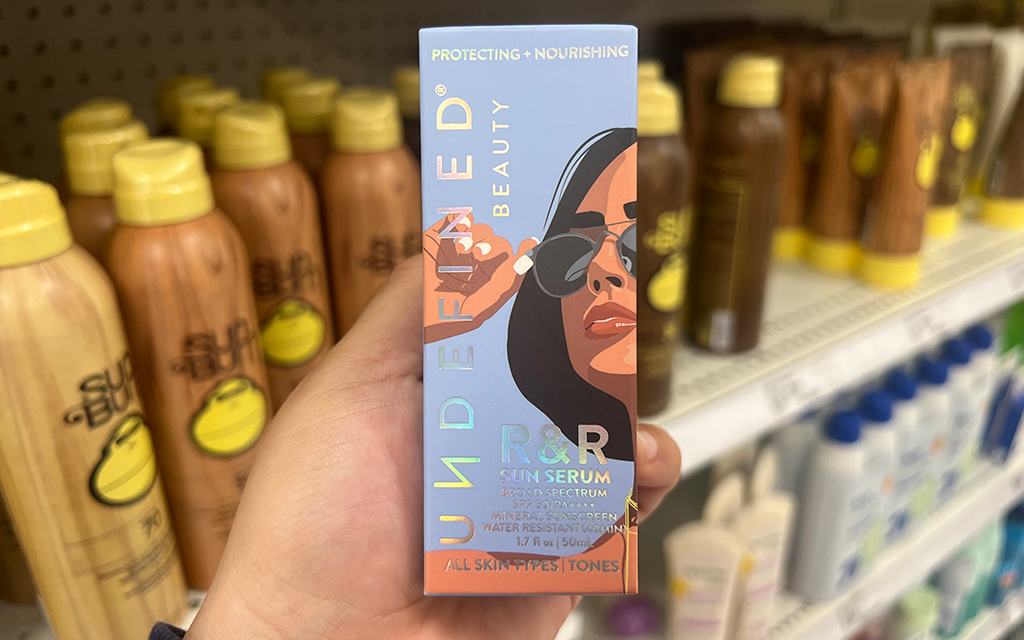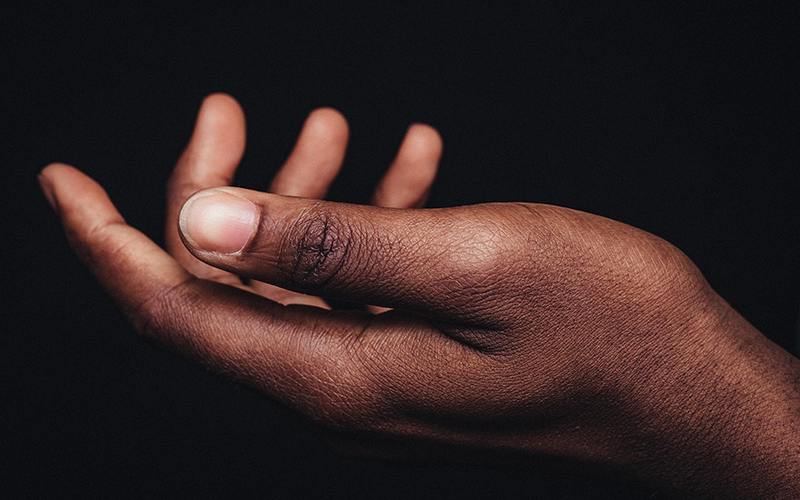
Dr. Karen Hastings, a professor of immunology and dermatology at the University of Arizona College of Medicine – Phoenix and a dermatologist at the Veterans’ Administration Medical Center in Phoenix, recommends applying sunscreen daily to decrease skin cancer risk and signs associated with aging. (File photo by Karina Romero/Cronkite News)
PHOENIX – As if we aren’t already staying indoors to escape the heat, here’s another reason to keep out of the sun: A new analysis ranks Phoenix as the worst city in the country for skin health and fourth-worst in the world.
Compare the Market, an Australian company that compares rates for health, auto and home insurance, evaluated 50 cities around the world for skin health. The review was based on six factors, including the intensity of ultraviolet radiation, sunshine hours, two types of particulates, nitrogen dioxide and ozone levels.
Phoenix came in fourth after Toronto, Canada; Bratislava, Slovakia, and Athens, Greece. An average of 9.33 sunshine hours and a UV index of 6 were the biggest factors in the Phoenix score. Between 3 and 5 on the UV index translates into moderate exposure, according to Cancer Research UK, while anything over 6 is classified as high risk.
Dr. Karen Hastings, a professor of immunology and dermatology at the University of Arizona College of Medicine – Phoenix and a dermatologist at the Veterans’ Administration Medical Center in Phoenix, said she was not shocked by Phoenix’s showing.
“No one wants to be the fourth-worst city in the world or the worst in the U.S. for skin, but on the other hand, we know that we’re in a high UV exposure area. So I think it’s certainly understandable,” Hastings said.
She emphasized that UV exposure, which is a combination of the UV index and the number of sunshine hours, are the main drivers for skin cancer risk and skin aging.
Her recommendations to decrease skin cancer risk and signs associated with aging are to limit UV exposure, wear protective clothing like long-sleeve shirts and wide-brim hats when outdoors during peak sunshine hours, and make applying sunscreen a daily routine. She also suggests using moisturizer with retinol in the evening to counter the signs of skin aging.
Hastings researches the immune response to skin cancers, in particular squamous cell carcinoma and melanoma.
“We very recently learned that the immune system can be harnessed to control cancer and has become an effective treatment for many cancers that have spread, and we’re looking to understand how the T-cell response can be used to even improve that,” Hastings said. “We’d also like to prevent skin cancers. So for all those reasons, we’re working to better understand how the immune system recognizes skin cancers and can be used to improve prevention and therapy.”
Hastings cautioned that immunotherapies are not effective for all patients, and that the treatments have side effects.
She said she believes the research will lead to reducing the impact of skin cancer and improving results, but said it might be too optimistic to think it would completely prevent or completely cure skin cancer.
Ultraviolet radiation can cause DNA damage, Hastings said, and “we only have so much ability to repair that. So you can’t completely remove the risk, but we can reduce the incidence and reduce the poor health and death associated with cancer.”
Hastings said there are other factors besides environmental ones that can increase someone’s risk for cancer. If someone has already had skin cancer or a precancerous lesion, if someone is immunosuppressed, and if someone has a genetic disorder, these could predispose them to skin cancer.
The Centers for Disease Control and Prevention, which publishes cancer statistics, reported 77,230 new cases of melanomas of the skin in the U.S. in 2020. The report also noted that for every 100,000 people, 20 new melanomas of the skin were reported.
Arizona was among the states with the highest rates of melanomas of the skin in the U.S., according to the report, along with Utah, Idaho and Hawaii. In Arizona in 2020, for all races and ethnicities, the age-adjusted rate of melanomas of the skin was 26.6 per 100,000 people. There were 2,504 cases of melanomas of the skin reported in Arizona in 2020.
Hastings pointed out that although melanomas get a lot of attention because of their ability to spread throughout the body, basal cell carcinomas and squamous cell carcinomas are the most common types of skin cancer.
“Studies have shown that in the southern U.S., which would include Phoenix, the number of deaths from squamous cell carcinoma are similar to melanoma,” she said, adding that it’s important to go to a physician if a new skin lesion develops.
Hannah Norton, digital public relations manager for Compare the Market Australia, said the analysis was meant to provide awareness about skin health. Aging, hormonal changes and health conditions can all impact skin, she said, but a lot of the preventable damage is caused by UV rays and other environmental factors.
In addition to ultraviolet radiation and sunshine hours, the analysis considered small and large particulates as well as nitrogen dioxide and ozone levels. Nitrogen dioxide forms when fossil fuels such as coal, oil, gas or diesel are burned at high temperatures. Ground-level ozone depends on heat and sunlight, which means higher ozone concentrations in summer months.



